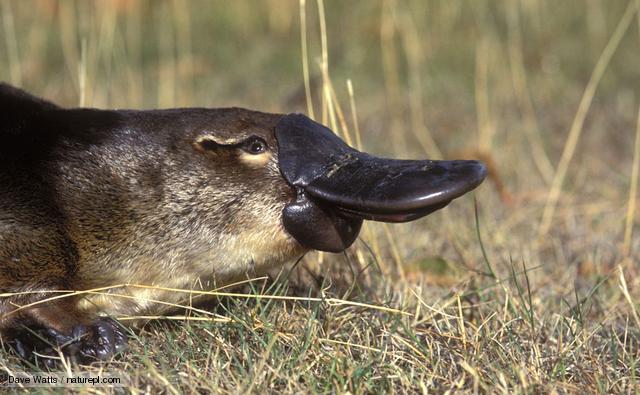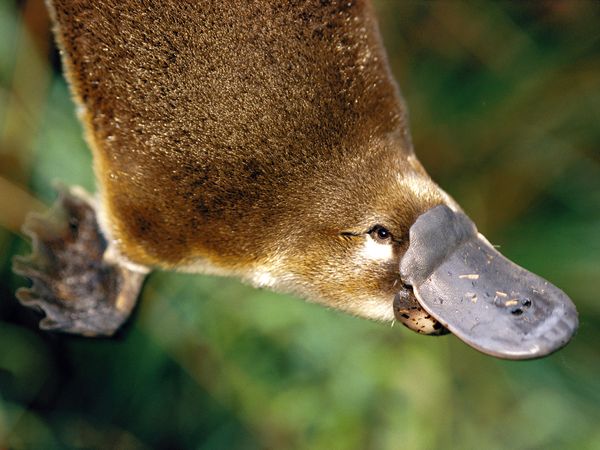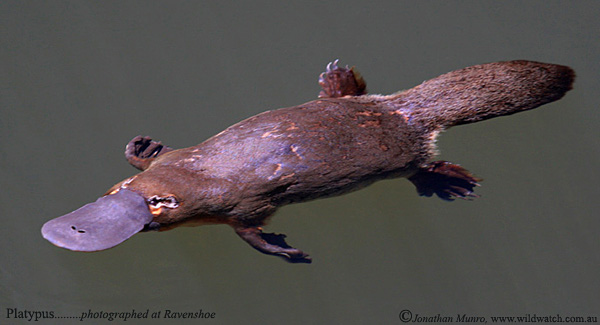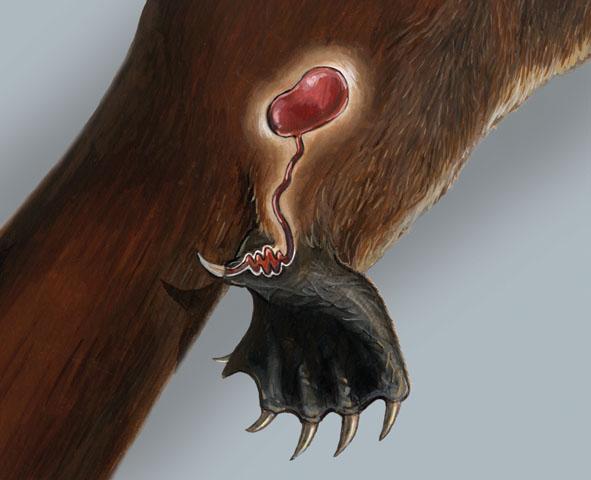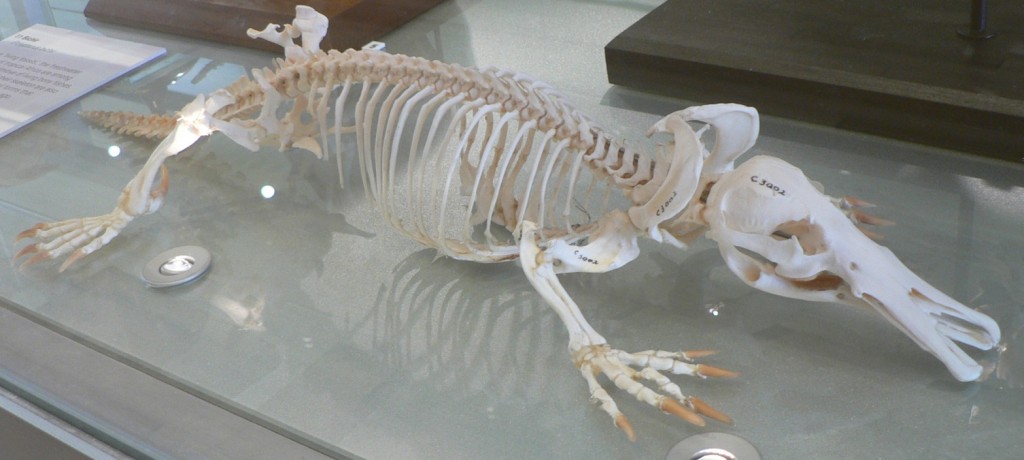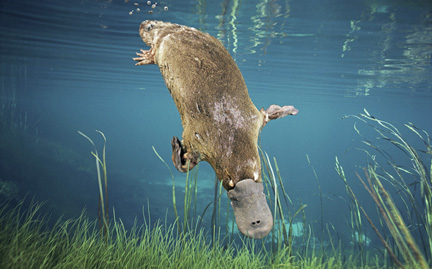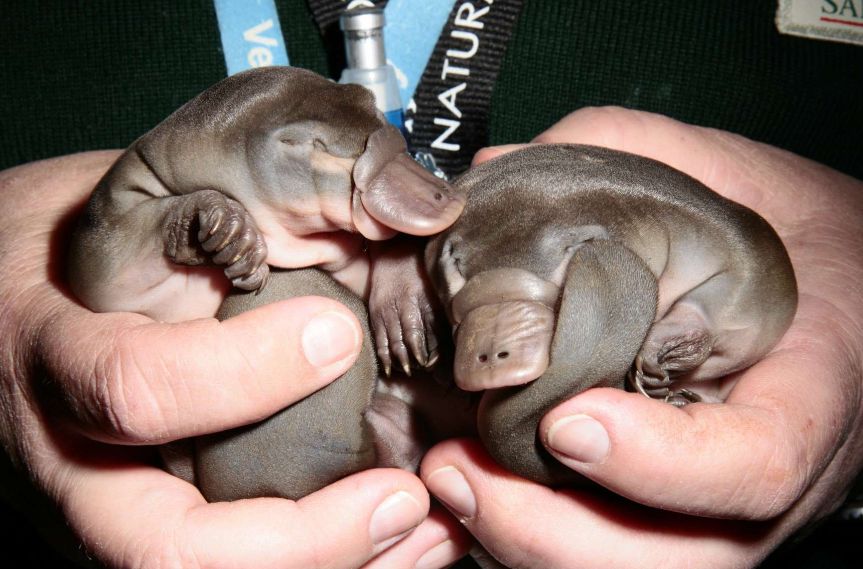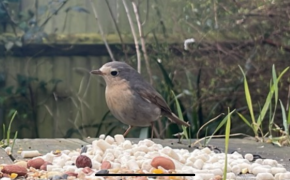The Duck Billed Platypus: Weirder Than You Thought
Everyone knows that this hairy egg laying mammal with a beak is weird. I had a read about these little chaps today, and it turns out they are even weirder still.
So as you know, duck billed platypus are based in Australia and nowhere else. Australia has been an island all on its lonesome at sea for a geological butt load of time, giving its local animals the chance to develop and evolve into the weird things they have there now. Just think about the kangaroo for a second. A 6ft tall hopping boxer that keeps its baby in a pocket? Mental.
Monotreme
The platypus are semi-aquatic mammals and are one of only five members of the species known as the monotremes. The monotremes are the only mammals that lay eggs. When the first specimens of platypus were brought back to England, many zoologists simply assumed they were fakes. The Victorians had a bit of a track record for sticking together bits of different animals to get whoops of joy from the English population of the time.
The zoologists had no point of reference for all the strange features that the platypus displayed. It was named platypus which means flat footed, but it was soon realised that that name had already been taken by a type of beetle, so it had to be changed. Its official name is actually Ornithorynchus anatinus which is trickier to say; it means bird snout and duck like. But platypus has stuck.
Poisonous Platypus
What a lot of people don’t know is that the platypus are also poisonous. The males have spurs on their hind legs, the poison it delivers is enough to do away with a cat or a dog but wouldn’t kill a human. A sting from these guys is no walk in the park with a bunch of daisies though, it’s excruciatingly painful and causes oedema (fluid build up) and hyperalgesia (an increased sensitivity to pain) that can last weeks or even months.
The poison levels in the platypus rise during mating season, so it’s thought that the poison is normally used to deter rival males, rather than hunting.
READ NEXT:
GIANT PREHISTORIC PLATYPUS UNEARTHED
Size, Temperature & Bones
Platypus hair is dense and water proof and the platypus’ tail is a store for fat to be used during leaner times. Their average length is about 70cm and they range in weight from 0.7 to 2.4kg which is a pretty big variation as mammals go. Another oddity is that the platypus maintains its body temperature at 32°C rather than 37°C like most other mammals.
Another less obvious but still strange anatomical difference between platypus and other mammals is that they have an extra bone in their shoulder and rather than walking on all fours like other mammals, their legs shoot out from the sides making their gait more reptile than mammal.
Electrolocation and Diet
Their snout, although duck like to look at, is soft and leathery. It’s a sensitive organ and can detect the tiny bursts of electricity generated by its prey’s muscles. The platypus is the only mammal (other than dolphins) that can use electrolocation. When they hunt they close their eyes, ears and nose, it’s only the most minute of electrical charges that guide them to their lunch. Platypus mostly eat insect larvae, worms, shrimps and yabbies and have to hunt for around 12 hours a day to get as much as they need.
Platypus Reproduction
As for the reproduction, here’s where it gets proper weird. The lady platypus has two ovaries but only the left one works. They lay 1-3 leathery round eggs a year. The eggs are more reptilian in texture than bird-like.
A chicken, for instance, holds an egg inside for just one day, then pops it out to incubate for 21 days. The platypus on the other hand holds it inside for as long as 28 days and only pops it out for 10 days before it opens. A baby platypus is (unofficially) called a puggle or a platypup. These platypups have three sets of cusped molars when they are young, but they drop out before they leave the safety of their burrow and are replaced by the horny plates that they use for the rest of their lives.
The last feature I’ll mention before I leave you in peace, is that platypus are nippleless – they have zero nipples. Their milk just comes out of pores in their skin and collects in pools on their abdomen for the youngsters to lap up.
They’re just all wrong aren’t they?

